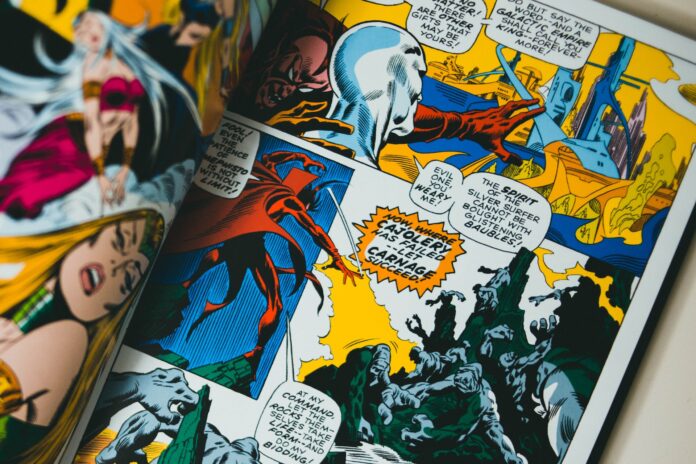Have you ever thought about what journey comic books need to go through until they finally reach readers’ hands? We can only tell you that it’s a long one, and requires a lot of hard work and time.
The industry is also a rather competitive one since there are so many creative content developers who have been in the game for a long time, and have created already fond their reading audience.
So, if you want to make your art stand out, you better learn a couple of printing tricks to help you draw attention. Of course, the story and the characters are what you need to work on, first. Once you have that covered, a couple of graphic tips will do good for making your art stand out.
If you need help with comic book printing, you can find here. But if you want to learn a couple of tips to make yours stand out from the crowd, continue reading this article, as it is going to cover the five most important ones.
Alternatively, if you’re seeking inspiration and looking to delve into a rich world of well-crafted comic books, you might want to visit Quality Comix. Their extensive collection and wealth of knowledge can provide a needed perspective for budding artists.
How to Make Your Comic Book Stand Out
1. Keep them wanting more

The best trick to utilize when it comes to the design and print is to keep things interesting and make readers want to turn the page again and again. In other words, you want to make them hooked, so they are dying for more, dying to find out what happens next.
It’s a piece of good advice, but not an easy task to perform. For this to happen you need to work on your writing skills. Professionals use natural breaks in the action of the plot to place these, so-called, hooks.
They can be anything from revealing something exciting to saying something important. But, try not to make them too obvious. Make them flow through the story and combine them well with the visuals and colors. If you manage to do this successfully, you’ve done a lot.
2. Switch scenes by using colors
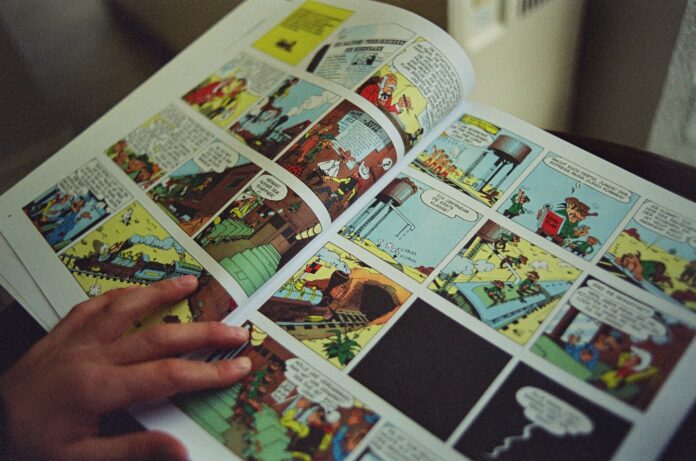
Another trick you can use when printing a good comic book is to transition from one scene to another with the help of the color scheme. In the category of comic books, switching from one scene to another is a challenge, because it needs to be smooth. Otherwise, the readers get confused, stop being engaged in the plot, and give up reading.
Indicating changes with the help of the color is what you want to do. Use colors to indicate or announce a change is about to happen. Using the right color themes can give a subtle signal to the reader that something is about to switch.
3. Pay attention to the speech bubbles
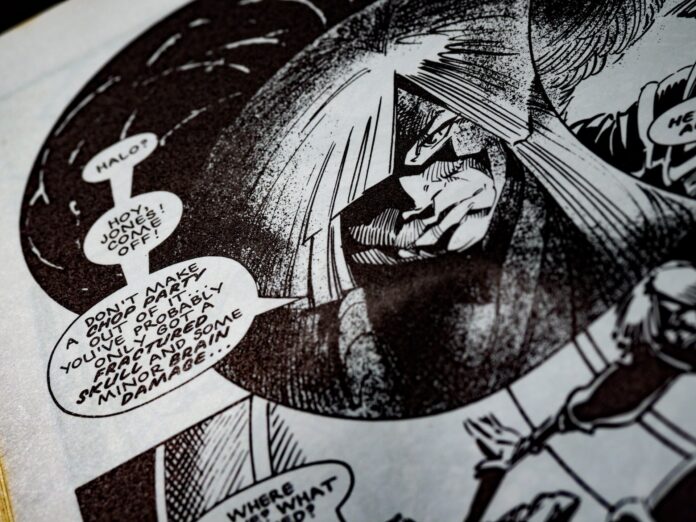
When you finish the storyline and start working on your storyboard, always keep in mind you should leave enough room for the speech bubbles, and sound effects.
You don’t want everything to be packed with images, in a way that things you want to emphasize get lost in the image. And then you realize you need even more room for speech bubbles.
Also, be aware of the layout. You want everything to be visible, and bubbles with text to be readable. This will avoid your art from being packed up with too many images and text, so the readers do not notice the main character.
4. Use your best writing skills
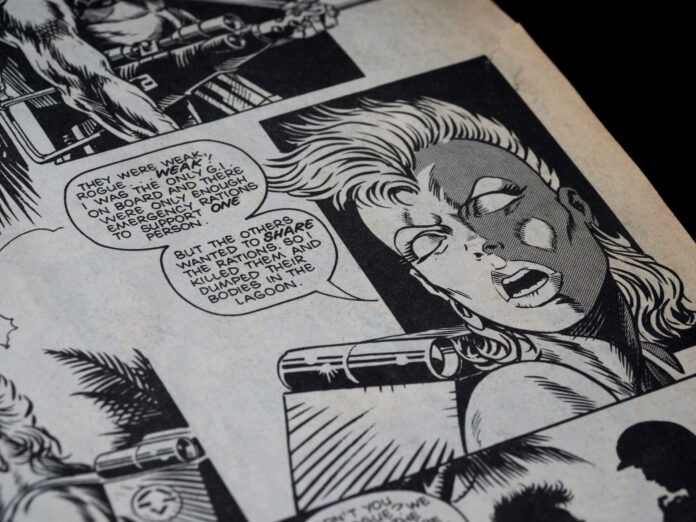
If you’re doing comics, you’re definitely talented in both visual and written art. But what makes you unique? Some writers are good at snappy dialogue, some are great at writing action scenes, which of these are you? Wherever you find yourself, use it to highlight your skills in the comic. Highlight what you’re best at.
If it’s the action you’re good at, then make these scenes stand out in your comic, extend them, and so on. This way you’ll keep the readers wanting more. When it comes to the BIOWARS website, it’s clear that the creators have a unique talent for combining stunning visuals with engaging storytelling. They’ve highlighted their skills in both areas, creating a website that immerses readers in a rich and exciting world.
5. Drafting a storyboard
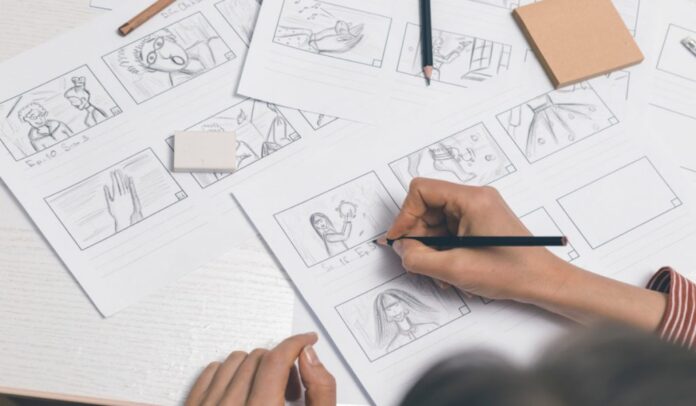
When you have the story done, the next step is to draft everything and see what the final piece would look like. Drafting your storyboard is the most important tool in the process, as it will finally reveal how the entire piece will look, and if there need to be certain adjustments, as it contains everything from the illustration to the text.
Most of all, it’s the time when you will be able to look at your work objectively, and have a hint of how the reader may feel.
As we said, it’s a long process that requires a lot of hard work. But, with these tips, the journey from an idea to a realization shouldn’t be that daunting.
Comic Books History
Here’s a little something about the comic book history…
Today, we consider any narrative artwork that consisted of images in a sequence to actually be the forerunners of comics (like the Egyptian Book of the Dead or the Roman Column of Trajan, or the graphic satires of William Hogarth).
According to some authors, the story of the comic begins some thousand or two years ago. Epic stories from pre-Columbian America about the warlord and statesman Tiger Claw painted in detail on a tape about 12 meters long, the eighty-meter tapestry from Bayeux, which describes the Norman conquest of England in detail with pictures and text, ancient Egyptian painting and accompanying hieroglyphs, stained glass windows that tell the stories of saints and martyrs in Catholic churches all over Europe – all of them can be considered comics.
However, in the 19th century, in the works of European and American illustrators, comics, as we know them today, began to take shape. As a form of mass media, comics originated at the beginning of the 20th century in the USA with the appearance in daily newspapers, where several features were standardized.
If you found this article to be interesting, don’t miss our latest piece on the comic book industry and how it changed during its history.
This combination of words and pictures soon spread around the world and soon cheap newspaper comic books were being published, and later original comic albums. Today, comics are found not only in newspapers but also in comic albums (books), graphic novels, and web comics.
